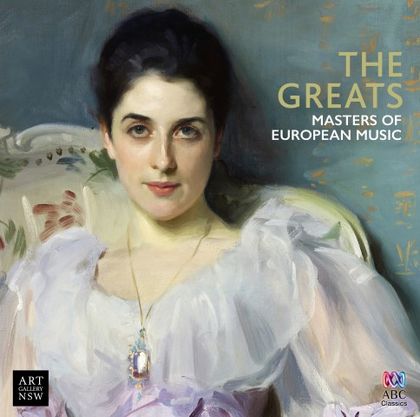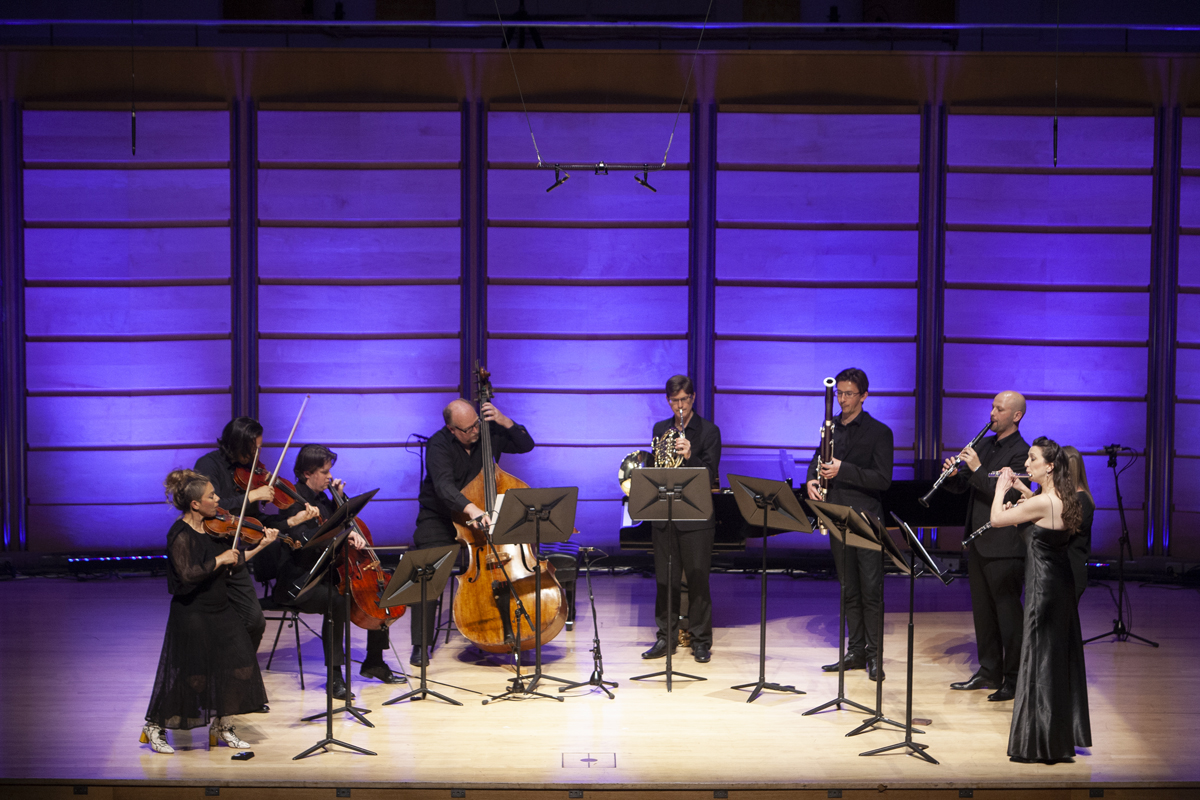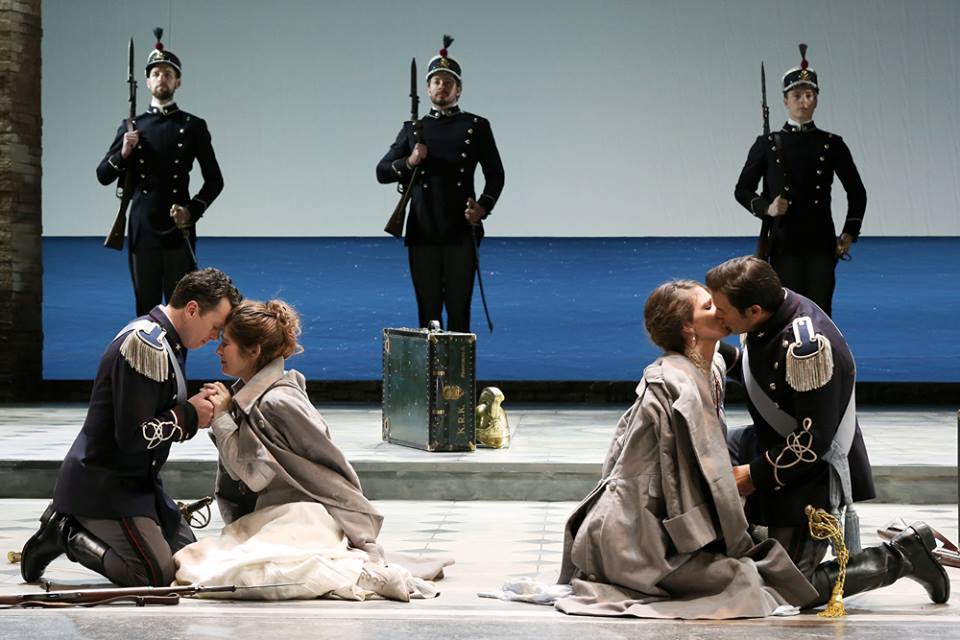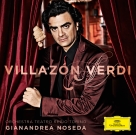CD Review: The Greats – Masters Of European Music
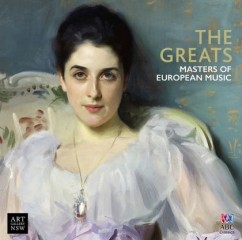
Last weekend I had the exceptional pleasure of strolling through the Art Gallery of New South Wales, viewing its spring/summer exhibition of over 70 paintings – The Greats: masterpieces from the National Galleries of Scotland. The collection spans more than four centuries of art with works from the Renaissance (Botticelli’s The Virgin adoring the sleeping Christ child), Raeburn’s whimsical Reverend Robert Walker Skating on Duddingston Loch and Gauguin’s exotic Three Tahitians, keeping company with classics by Watteau, El Greco, Rembrandt, Monet, Pisarro and John Singer Sargent amongst others.
Far be it for the art enthusiasts to have all the fun – ABC Classics and the Art Gallery of New South Wales have released a compilation CD of music to accompany the paintings – The Greats: Masters of European Music (ABC Classics 481 2236). Like the paintings, the fourteen tracks of just over 74 minutes of music, begin with the Renaissance (Ave Maria by Josquin des Prez) and end in the first decade of the 20th century (Debussy’s Clair de lune).
Some of these tracks may be on recordings that are already on iPods and in CD collections. However, The Greats: Masters of European Music is special because it takes some of the best of these tracks not just pairing them with great paintings, but itself creating a chronological thread of musical masterpieces which influenced musical writing through time.
A foreword by art historian Dr Josephine Touma explains the choice of music and muses on what makes art ‘great’. The musicians featured on the album are drawn from around the nation and include some of the best vocal and instrumental ensembles, soloists, chamber groups and orchestras.
Following the hushed reverence of the motet by des Prez, impeccably performed by Cantillation, conducted by Brett Weymark, The Song Company, conducted by Roland Peelman sings a brightly coloured rendition of Vessozi augelli, a madrigal about the joys of nature by Franco-Flemish composer Giaches de Wert (1535 – 1596). de Wert was considered one of the most influential of madrigal composers. Said to have influenced Monteverdi, de Wert took the madrigal to new heights in Italy where he lived and worked.
Then follows an incomparable version of Allegri’s Miserere by Cantillation, conducted on this occasion by Antony Walker, with the crystal clear and seamlessly blended tones of sopranos Jane Sheldon and Belinda Montgomery, mezzo-soprano Jenny Duck-Chong and bass Richard Anderson forming the solo quartet.
Latitude 37, an ensemble comprising Baroque violinist Julia Fredersdorff, viola da gamba player Laura Vaughan, and Donald Nicolson on chamber organ deliver historically informed performances of two tracks – Canzon a due, canto e basso by Bartolomé de Selma Y Salaverde from 16th century Venice and the first movement of the Trio Sonata in D minor Opus 1 No 6 by Buxtehude.
There’s Pachelbel’s ubiquitous Canon in D major from the Adelaide Symphony Orchestra conducted by David Stanhope. Orchestra Victoria conducted by Richard Divall deliver a vibrant rendition of Rameau’s Overture to Naïs to accompany the viewing of his contemporary compatriot’s world of The Feasts of Venice.
Acknowledging the provenance of this touring collection, musically speaking, are an achingly beautiful Bovaglie’s Plaid composed by Scottish violinist, fiddler and composer James Scott Skinner (1843-1927), played by Australian-Scottish fiddle and piano duo Chris Duncan and Catherine Strutt, and Mendelssohn’s concert piece, the Overture to The Hebrides, inspired by a visit to Fingal’s Cave on the island of Staffa, in the Hebrides islands off Scotland’s west coast, and played by the Queensland Symphony Orchestra conducted by Wilfred Lehmann.
There are fine performances also from flautist Hans-Dieter Michatz with the Australian Brandenburg Orchestra and Artistic Director Paul Dyer AO, oboeist Diana Doherty with violinists Anna McDonald and Alice Evans and Sinfonia Australis. The Seraphim trio play the fourth movements of Schubert’s Piano Quintet in A major, D667, (Trout), the Sydney Symphony Orchestra with conductor Matthias Bamert play Faure’s Pavane, Opus 50 and pianist John Chen closes the collection with Debussy’s Clair de lune breathing life into Monet’s Poplars on the Epte.
In addition to Dr Touma’s insights, the booklet accompanying the CD contains images from the exhibition, a full list of artists and the text of the songs in the collection.
It’s a cracker of an idea. Listen to the music as you marvel at the artworks and your immersion will be complete. The music lends a historical and narrative context to the art. And when the exhibition is long past, you have the music by which to remember it.
Shamistha de Soysa for SoundsLikeSydney©

